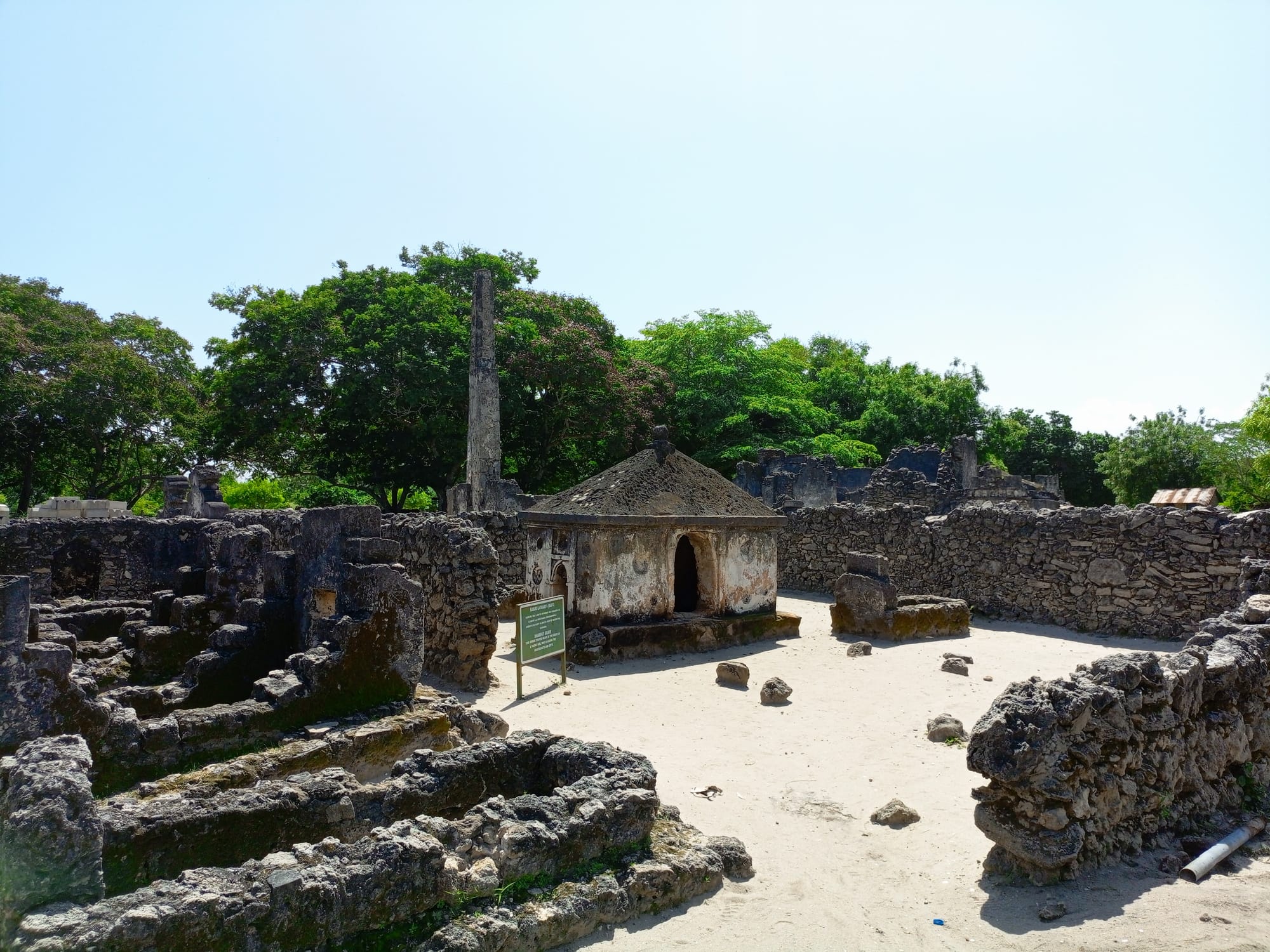Revisiting the Past at Kaole Ruins

My unforgettable tour of Bagamoyo was flagged off at the Kaole Ruins, near the old harbor. The site of the shallow water port is currently covered by thick Mangrove vegetation, leaving no traces of its existence centuries ago.
Speaking of shallow waters, the said harbor's inability to accommodate large vessels is the reason the German colonial government moved the capital of German East Africa from Bagamoyo to Dar es Salaam in 1891. The move halted the old seaport's growth trajectory and led to the emergence of Dar es Salaam as the major trading center.
Bagamoyo is a historic town, attracting tourists from all over the world. As mentioned above, my tour began at Kaole Ruins. The ruins in question are actually the graves of people who lived there in the 13th Century. There is archeological evidence of settlements in the area dating back to the 6th Century.
The first thing I noticed upon arrival was that Islam has been practiced in East Africa for a very long time. The ruins of the mosque used almost a millennium ago provide a solid evidence of the existence of the most popular religion along the coastal strip at the time.
Apart from casual tourists and researchers, Kaole Ruins attract numerous pilgrims every year. In faith-based tourism, Kaole's draw cards include the well that has stood the test of time, Sharifa's tomb and lovers' tomb.
Also preserved are the 15th Century tombs and the ruins of a second mosque built in the same century. Apart from the history of Islam, the site sheds light on the harmonious blending of Persian and Swahili cultures and the emergence of Shirazi settlements in the area.
Ancient historical sites draw us into the depth of time and unravel the mysteries of bygone civilizations. They whisper tales of triumph and tragedies, echoing the footsteps of those who walked their hallowed grounds.
Each weathered stone and crumbling structure serves as a testament to human ingenuity and perseverance across centuries. Exploring these sites ignites a sense of wonder and curiosity, inviting us to ponder the lives and legacies of our ancestors.
This piece continues shortly.